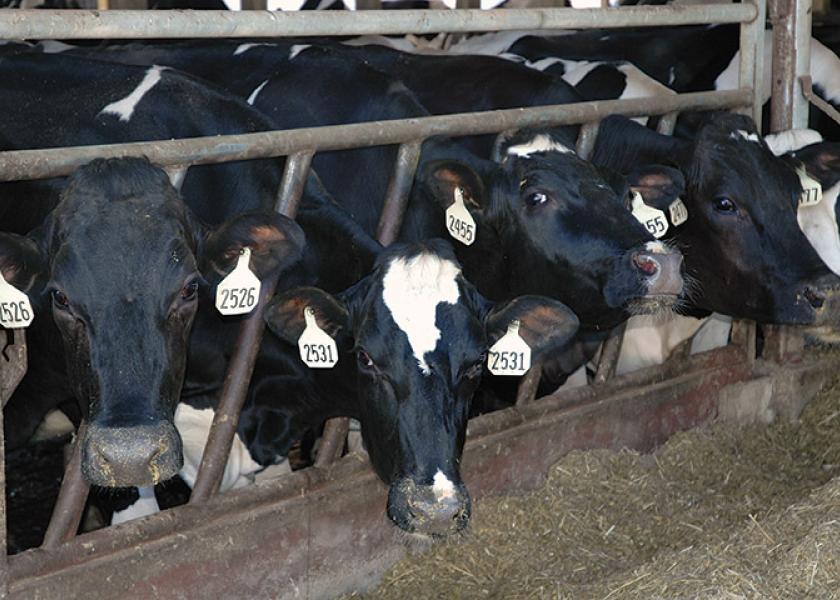Why Do Cows Die?

Post mortem exams should be routine
Dairy farmers are problem solvers, says Franklyn Garry, a veterinarian with Colorado State University. If you give them an issue to solve, they can usually do it. But if you’re not measuring the problem, you can’t manage it.
Bonus Content | |
| More on post mortem exams |
And dairies across the U.S. are facing an increasing problem: Escalating mortality rates. Just 15 to 20 years ago, mortality rates were commonly 3% to 4%. Today, they are often 8% to 10%. In some states, adult cow mortality exceeds 10%, Garry says.
"This is a big deal; a really big deal. We can do better than this. An ideal long-term target is 2% to 3%, so we’re three times what it should be," he says.
There are two problems. First, most farmers don’t know how many cows are dying on their dairies each year. Second, they don’t know why.
If you don’t necropsy animals to find out why, you’re basically just guessing as to the cause.
"We should be doing necropsies routinely because it’s the only way to accurately assess cause of death," Garry says.
Other livestock industries, particularly beef feedlots, perform routine necropsies of most animals that die. Feedlot managers want to know why cattle die and if management needs to change to prevent further deaths.
But for some reason, dairies don’t routinely performed necropsies. USDA’s 2007 National Animal Health Monitoring Studies (NAHMS) suggest that only about 13% of dairies necropsy dead cows. And only 4% of all dead cows are necropsied.
Many farmers think they know why a cow died. But follow-up studies by Colorado State suggest they’re wrong at least 50% of the time, Garry says.
"Our results also validate that there are multiple causes of dairy cow death," he says. "It seems reasonable to suggest that numerous health problems in dairy cows are not recognized early enough or treated appropriately to promote an optimal outcome. Without good descriptors and records of the reasons cows die, preventive measures that should decrease disease and death are not modified or improved to address the problem."
Garry says the first step is to identify the magnitude of the problem. "Simple analysis of the incidence of on-farm death and assessment of its importance to the dairy and the well-being of the cows is critical," he says.
The second step is to perform necropsy examinations to identify specific causes of death. It’s unrealistic to assume all dead cows can or will be necropsied, but the farm owner and herd veterinarian should agree on criteria for which cows should be examined. Unexpected deaths or
animals without simple causes of death should be prime candidates.
"These necropsies can help not only to define the cause of death but also inform farm workers about the types of problems that occur on the farm," Garry says.
Garry and his colleagues have also worked with dairy managers to do on-farm necropsies. With the proper training, they can determine cause of death in many cases. When they can’t, their veterinarian can step in to make the assessment.







